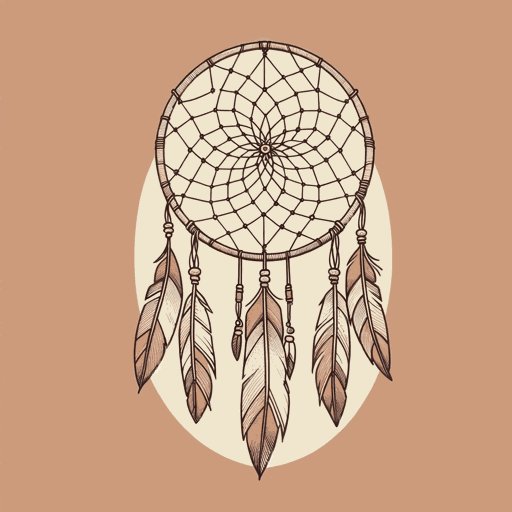71 pages • 2 hours read
David TreuerThe Heartbeat of Wounded Knee
Nonfiction | Book | Adult | Published in 2019A modern alternative to SparkNotes and CliffsNotes, SuperSummary offers high-quality Study Guides with detailed chapter summaries and analysis of major themes, characters, and more.
PrologueChapter Summaries & Analyses
Prologue Summary
The Heartbeat of Wounded Knee is a chronicle of the lives of Indigenous people since the 1890 massacre at Wounded Knee Creek in South Dakota, where US Army soldiers murdered around 150 Lakota Sioux. The massacre has become symbolic of the traditional story about Indigenous peoples, which is “one of diminution and death” (1).
Since 1876, after the Battle of Little Big Horn, the US government tried to solve the nation’s “Indian problem” through negotiation, starvation, and war. The first method only evolved out of Plains tribes’ frequent victories during battles. One negotiation resulted in the Treaty of Fort Laramie in 1868, which ensured a homeland for the Lakota in southwestern South Dakota and northern Nebraska. In other instances in which war didn’t work, the US government used encroachment, encouraging many White settlers to move in. The destruction of bison was the easiest method to starve out tribes, which relied on the once vast herds for food and clothing.
When the Plains tribes were at their most desperate, they turned toward divine intervention in the form of the Ghost Dance. The Ghost Dance’s revolutionary inspirations so worried the US government that it was banned. The government also redoubled its missionary efforts.
Related Titles
By David Treuer



